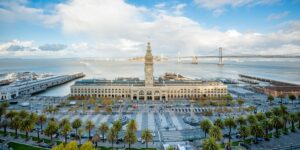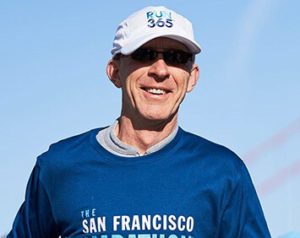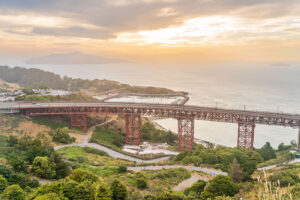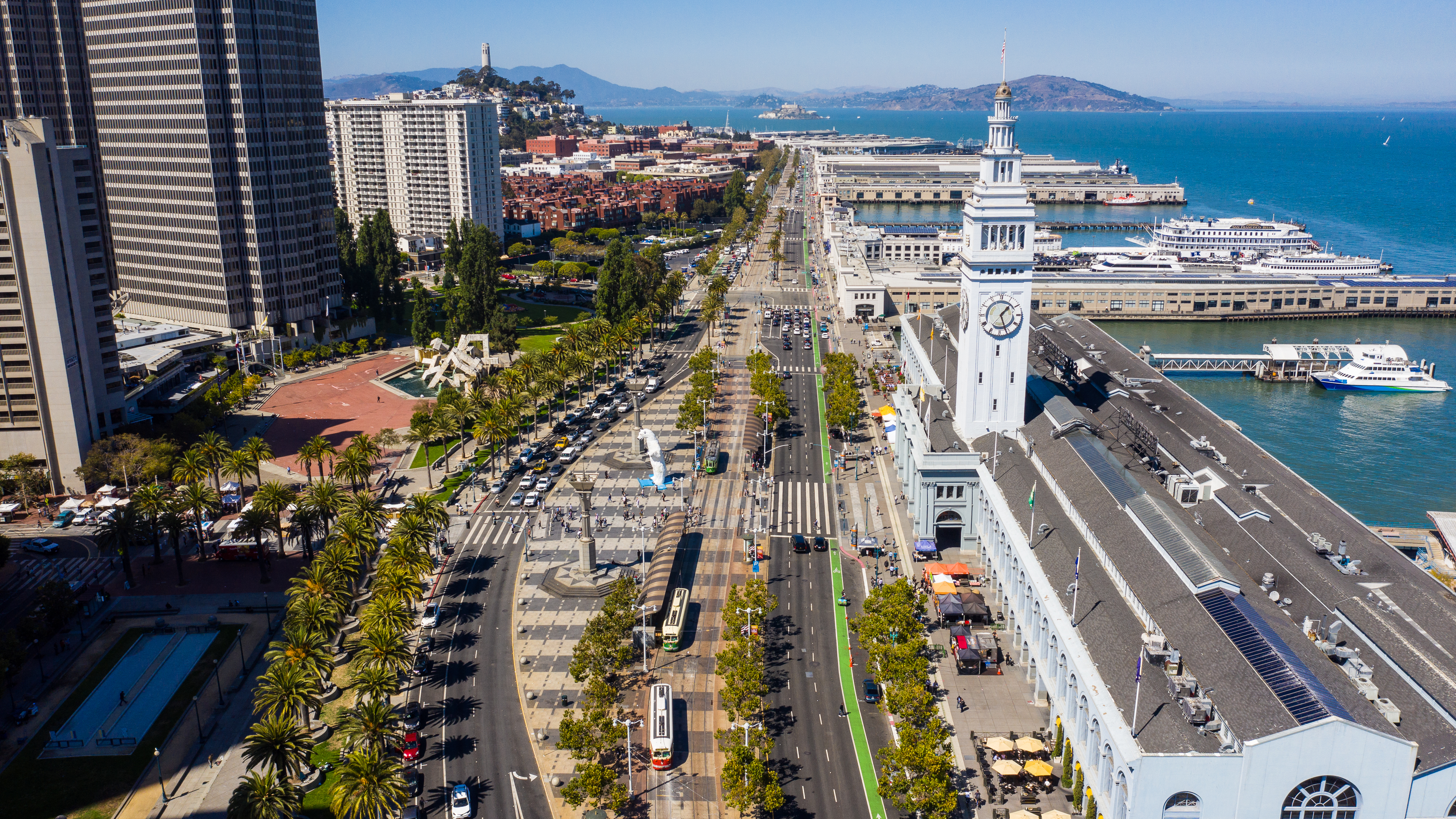The Rise, Fall, and Rebirth of the Ferry Building | SFM Ambassador Scott Benbow’s City Guide
Are you planning to run the San Francisco Marathon or the 1st Half Marathon? If yes, when the race-day morning comes, you’ll be assembling with thousands of other runners at the start of the race in front of the Ferry Building, a Beaux-Arts landmark that has withstood the City’s booms, busts, politics, earthquakes, and reinvention since 1898. Welcome, I am Scott Benbow, and this is another installment of the San Francisco City Guide.
Edited by Pavlína Marek
Sitting at the intersection of Market Street and Embarcadero, the Ferry Building was once the primary point of arrival and departure for commuters. Construction of the Golden Gate Bridge and the Bay Bridge reduced, but did not eliminate, commuting by ferry. Nevertheless, as automobiles became more dominant, the Ferry Building’s original role fizzled. Its grand hall, which welcomed thousands of travelers daily, had fallen silent.
(Editor’s note: If you’re coming to SF from Oakland, don’t waste the opportunity to approach the city by boat. The ride on the Oakland & Alameda line is breathtaking.)
The Rise & Fall of the Embarcadero Freeway
In a decision that symbolized mid-century America’s embrace of the automobile, the City erected a double-decker freeway that severed the Ferry Building from downtown San Francisco. The freeway loomed over the waterfront like a menacing wall. The structure was controversial from the start as voters and civic groups tried repeatedly to have it removed, but car culture prevailed, and the freeway stood for more than thirty years.
Tragically, in October 1989, the Loma Prieta earthquake struck and severely damaged the freeway. In a move that was both practical and visionary, the City made the most of a difficult predicament and finished the job the earthquake had started. It demolished the freeway in the 1990s. For the first time in generations, the Ferry Building was visible again and regained its role as a beautiful gateway to the Bay.
Welcome Back, Ferry Building!

The Ferry Building itself underwent a meticulous restoration, reopening in 2003 as a public marketplace. Today, it’s a vibrant hub of local food and culture, home to bakers, cheesemongers, coffee roasters, and the acclaimed Ferry Plaza Farmers Market. This makes the Ferry Building a great place to purchase food and drinks after your Marathon as you begin to replenish yourself.
The Ferry Building is a symbol of San Francisco’s past and a model for its future: walkable, beautiful, diverse, and connected to its environment. Today, as you stand on the Embarcadero and gaze at the Ferry Building, it’s hard to imagine a time when a freeway obliterated this view. The clock tower still keeps watch over the city, a steady hand through more than a century of change. And like San Francisco itself, the Ferry Building continues to adapt, not only surviving but shaping history.
About Scott Benbow
Scott Benbow is a San Francisco Marathon Ambassador, attorney, nonprofit specialist, and passionate SFM runner. He lives in San Francisco and runs the hills of our incredibly beautiful city with us every year.



